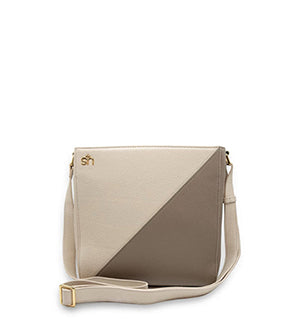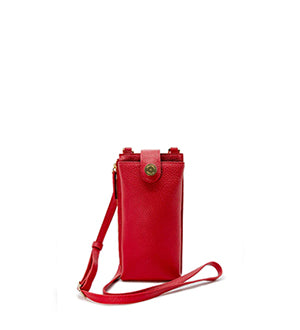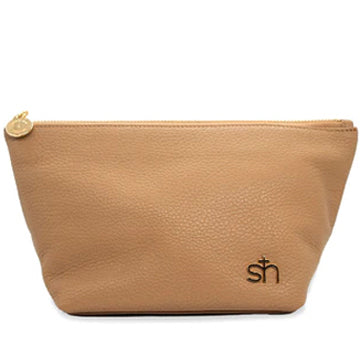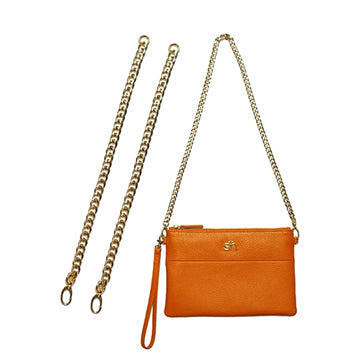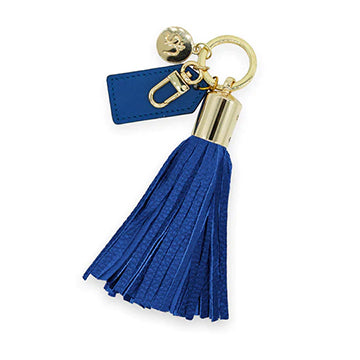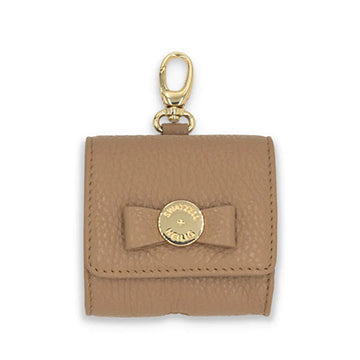How to Fix Common Leather Problems (Scratches, Dents, etc.)

Quick Listen:
Leather is a timeless material known for its durability, luxury, and versatility. Whether it's a favorite leather jacket, a handbag, or a couch, leather items can be a significant investment. However, with regular use, leather may start showing signs of wear, such as scratches, dents, discoloration, and scuff marks. While these imperfections might seem like the end of your leather item, rest assured that with the right techniques and tools, many common leather problems can be fixed.
In this guide, we will explore effective methods to repair scratches, dents, discoloration, and other common leather issues. Whether you're looking to restore a beloved leather piece or prevent further damage, these tips and techniques will help you maintain your leather goods for years to come.
1. How to Fix Scratches on Leather
Scratches on leather are one of the most common issues, especially with leather items that are regularly used, such as handbags, shoes, and furniture. Leather is a naturally soft material, and while it's tough, it's susceptible to scratching from rough surfaces or sharp objects. Here's how to repair scratches on leather:
Step 1: Clean the Leather Surface
Before repairing any scratch, it's important to clean the leather to remove dirt, oils, and debris. Use a soft cloth and a leather cleaner specifically designed for your type of leather. Gently wipe the area around the scratch, making sure not to rub it too aggressively.
Step 2: Condition the Leather
After cleaning, apply a leather conditioner to restore moisture to the leather. This helps maintain the material's suppleness and makes it easier to repair. Choose a conditioner suited for your leather type, and apply a small amount using a clean, soft cloth.
Step 3: Apply Leather Repair Cream or Wax
For light scratches, you can use a leather repair cream or wax. These products come in various colors to match the shade of your leather. Using a soft cloth, gently rub the cream or wax into the scratched area in circular motions. This will fill in the scratch and restore the leather's surface.
Step 4: Buff the Area
Once the repair cream or wax has dried, buff the area with a soft, clean cloth to blend the repaired area with the rest of the leather. This will help restore the leather's original sheen and texture.
2. How to Repair Dents in Leather
Dents are another common issue with leather, especially when heavy objects are placed on leather furniture or bags are stored improperly. Dents can make your leather item look worn and damaged, but they are usually fixable. Here's how to repair dents in leather:
Step 1: Moisten the Dent
Lightly moisten the area around the dent using a damp cloth. Be sure not to soak the leather, as too much moisture can cause further damage. This step helps soften the leather, making it easier to reshape.
Step 2: Use Heat to Reshape the Leather
Once the area is damp, you can apply heat to the dented area to restore its shape. Use a hairdryer on a low setting, holding it several inches away from the leather. Move the hairdryer around the dent, applying heat to soften the leather.
Step 3: Massage the Dent
Once the leather is warm and soft, gently massage the dent using your fingers or a soft cloth. Apply even pressure to smooth the leather back into its original shape. Be patient, as this may take several attempts to get the desired result.
Step 4: Condition the Leather
After reshaping the dent, apply a leather conditioner to restore moisture and keep the leather supple. This will help prevent future dents and maintain the overall appearance of the leather.
3. How to Fix Discoloration on Leather
Discoloration can happen to leather over time due to exposure to sunlight, oils, or general wear. While discoloration may not always be fully reversible, there are steps you can take to restore the leather's color and even out its tone.
Step 1: Clean the Leather Thoroughly
Begin by cleaning the leather to remove any dirt or oils that may have contributed to the discoloration. Use a gentle leather cleaner or mild soap diluted with water. Avoid using harsh chemicals, as these can damage the leather.
Step 2: Apply a Leather Dye or Paint
If the discoloration is significant, you may need to apply a leather dye or paint to restore the color. Leather dyes are available in a variety of shades, so choose one that closely matches the original color of your leather. Using a sponge or soft cloth, apply a thin layer of dye to the affected area, ensuring an even coverage. Be cautious with the amount of dye you use, as it can darken the leather if over-applied.
Step 3: Blend the Dye
After applying the dye, use a clean cloth to buff the area and blend the color into the rest of the leather. Let the dye dry completely before applying a second layer if necessary. This process may need to be repeated until the discoloration is no longer visible.
Step 4: Condition and Protect the Leather
Once you're satisfied with the color, apply a leather conditioner to restore the material's softness and shine. A protective leather sealant is also a good idea to prevent future discoloration from exposure to sunlight and oils.
4. How to Fix Scuff Marks on Leather
Scuff marks on leather can occur from contact with rough or abrasive surfaces, often leaving behind noticeable white marks. Fortunately, scuffs can be fixed with the right approach.
Step 1: Clean the Leather
Use a soft cloth to clean the scuffed area, removing any dirt or debris. A leather cleaner will help ensure that you're working with a clean surface.
Step 2: Rub the Scuff with a Soft Cloth
For minor scuffs, gently rub the area with a soft cloth. This may help to buff out the scuff marks. You can also use a small amount of leather conditioner to help smooth out the surface as you rub.
Step 3: Use a Leather Repair Kit
If the scuff mark is more stubborn, a leather repair kit with specialized polish and color compounds can be helpful. Choose a product that matches the color of your leather and apply it according to the manufacturer's instructions. Allow it to dry and buff the area to restore the leather's appearance.
5. Preventing Future Leather Damage
While it's possible to repair common leather issues, preventing damage is always the best strategy. Here are some tips for keeping your leather items in top condition:
- Store Leather Properly: Avoid exposing leather to direct sunlight or excessive heat, which can cause fading and cracking. Store leather items in a cool, dry place away from extreme temperatures.
- Use Leather Protectant: Apply a leather protectant spray to create a barrier against dirt, moisture, and stains. This will help your leather items maintain their appearance longer.
- Regular Cleaning and Conditioning: Regularly clean and condition your leather items to keep them supple and prevent dryness or cracking.
- Avoid Abrasive Surfaces: Be mindful of where you place your leather goods. Avoid abrasive surfaces that can cause scratches or scuffs.
Maintain Quality
Leather is a durable and luxurious material that can last for years if properly cared for. While common issues like scratches, dents, discoloration, and scuff marks are inevitable over time, they can often be fixed with the right tools and techniques. From cleaning and conditioning to using repair kits and DIY methods, there are many ways to restore your leather items and keep them looking great.
By following the steps outlined in this guide, you can prolong the life of your leather goods and enjoy their beauty for years to come. Whether you're repairing a beloved leather jacket, restoring a vintage sofa, or fixing your leather shoes, these simple and practical solutions will help you maintain the quality and appearance of your leather items.
You may also be interested in: Tassels For Good Terms Conditions | Swatzell + Heilig
Indulge in the craftsmanship of attainable luxury Italian leather. Exclusive designs and impeccable functionality, handcrafted to last a lifetime. Shop the Swatzell + Heilig's fashion collection now!
Powered by flareAI.



